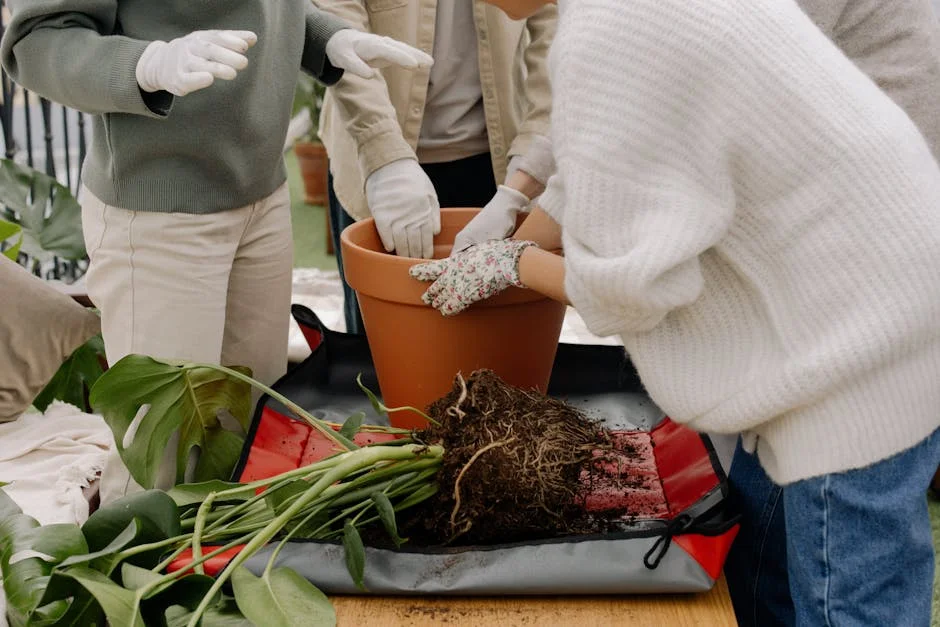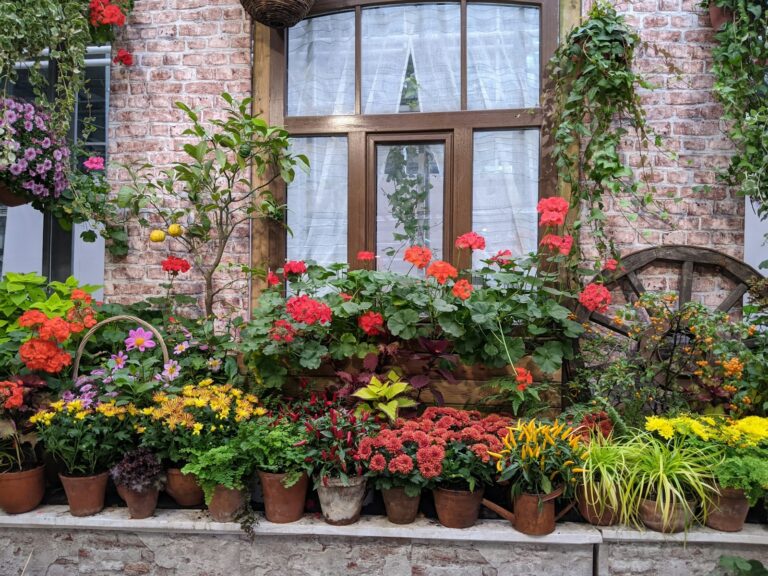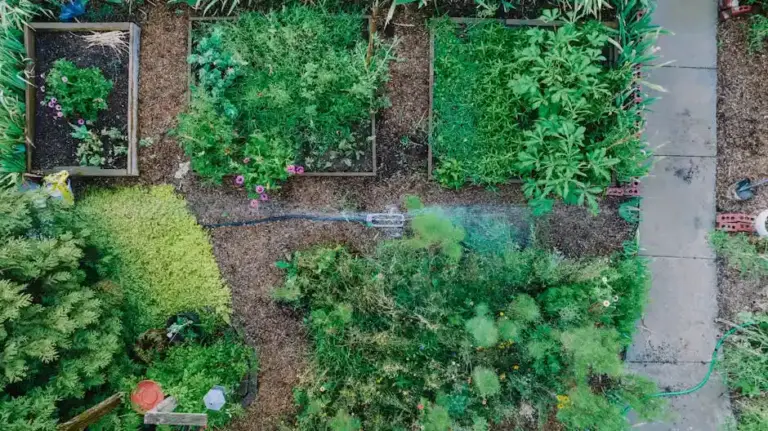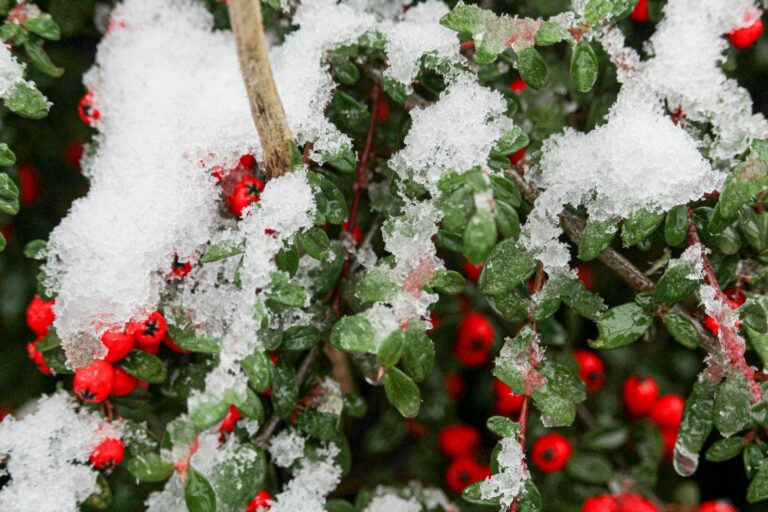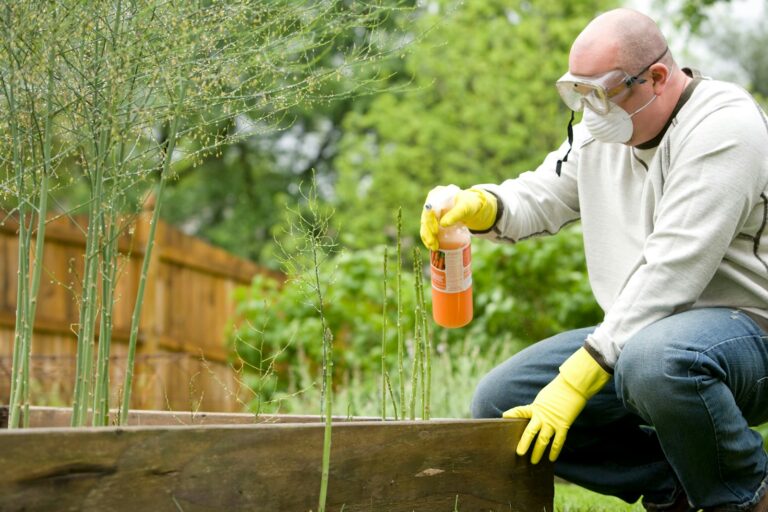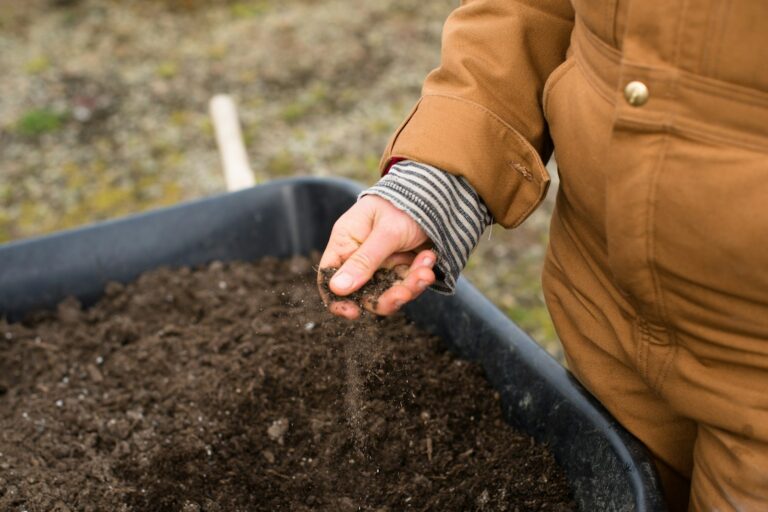How to Choose the Perfect Gardening Gloves for Beginners: Easy Tips for Comfort and Protection
Starting gardening can be exciting, but protecting your hands while working is important. Gardening gloves help you stay comfortable and safe, whether you’re digging, planting, or handling thorny plants.
Choosing the perfect gardening gloves means finding a pair that fits well and suits your specific gardening tasks. With the right gloves, you’ll enjoy your time outdoors more and avoid cuts, blisters, or dirt on your hands.
Understand Your Gardening Tasks
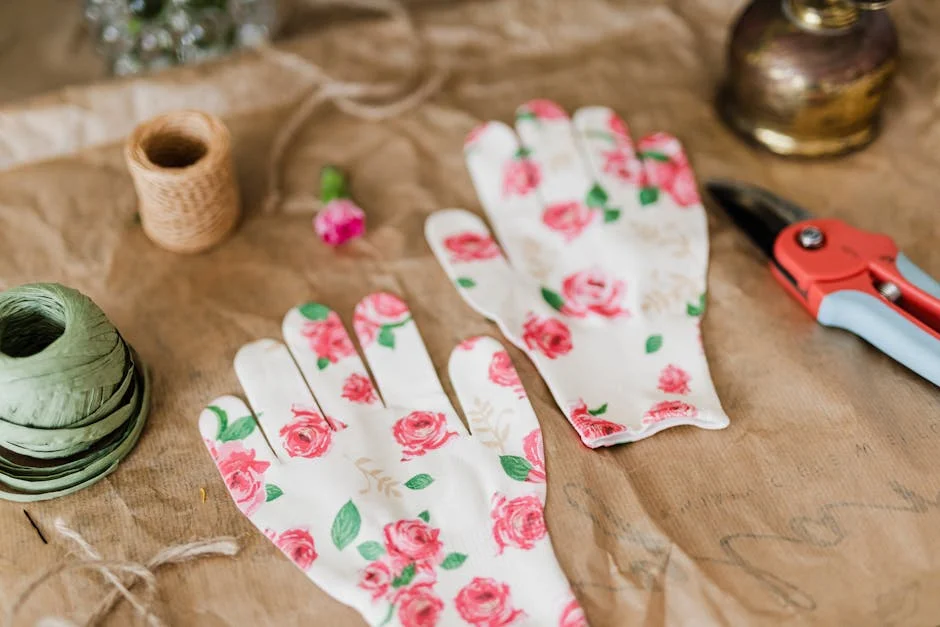
Before picking gloves, think about what you’ll be doing in the garden. If you plan to handle thorny plants or roses, you’ll need gloves that protect against prickles.
For digging or working with wet soil, choose gloves that are durable and waterproof. If you mostly do light tasks like planting seeds or pruning, you might prefer thinner gloves that offer better dexterity.
Knowing your tasks helps you pick gloves that fit well and keep your hands comfortable and safe. This makes gardening more enjoyable and protects your skin from potential injuries.
Choose Gloves with Durable Material
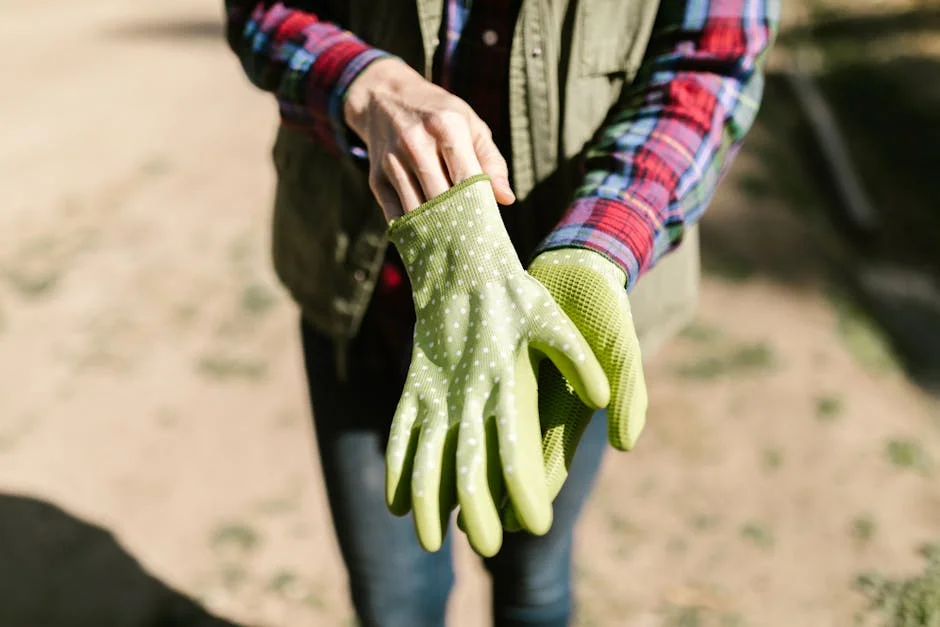
When picking gardening gloves, focus on durable materials that can handle your tasks. Leather is strong and protects well from thorns and rough surfaces.
If you expect wet conditions, look for gloves with water-resistant or waterproof fabrics like nitrile or coated leather. These keep your hands dry and comfortable.
You also want materials that offer some flexibility. This helps you handle tools and plants without losing control. Consider gloves with reinforced fingertips for extra protection in tough spots.
Durability means your gloves will last longer, saving you money and frustration. Choose materials that balance toughness with comfort.
Consider Leather Gardening Gloves for Thorn Protection
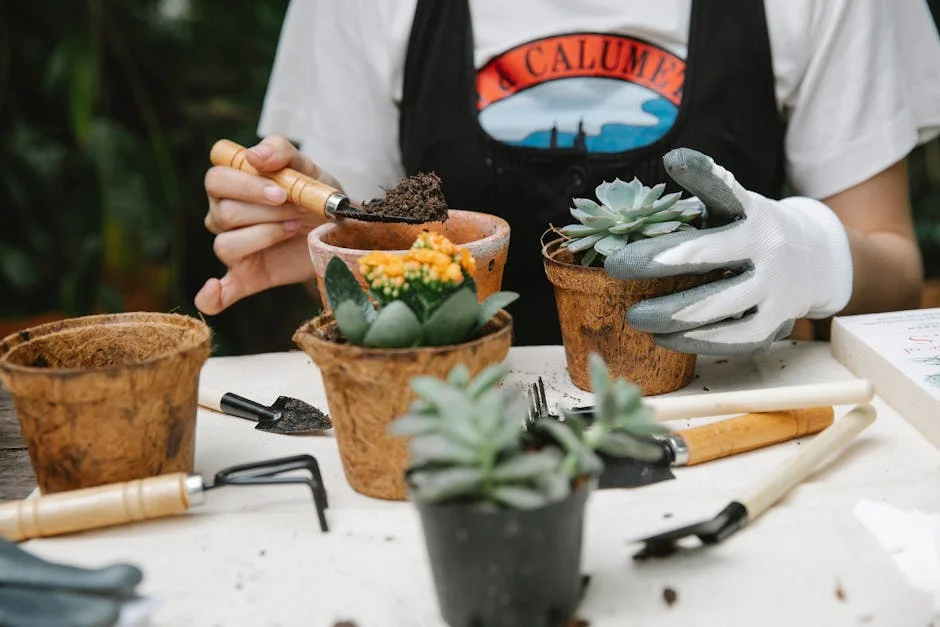
If you’re working with roses or other thorny plants, leather gloves are a solid choice. They offer better protection against cuts and scrapes than many other materials.
Leather gloves are thicker and more durable, so they can handle sharp thorns without tearing easily. They also tend to be waterproof, which helps keep your hands dry during messy tasks.
While leather gloves may cost a bit more, their toughness makes them worth it for heavy-duty gardening. They mold to your hands over time, giving you comfort and reliable protection for longer use.
Opt for Synthetic Gloves for Water Resistance
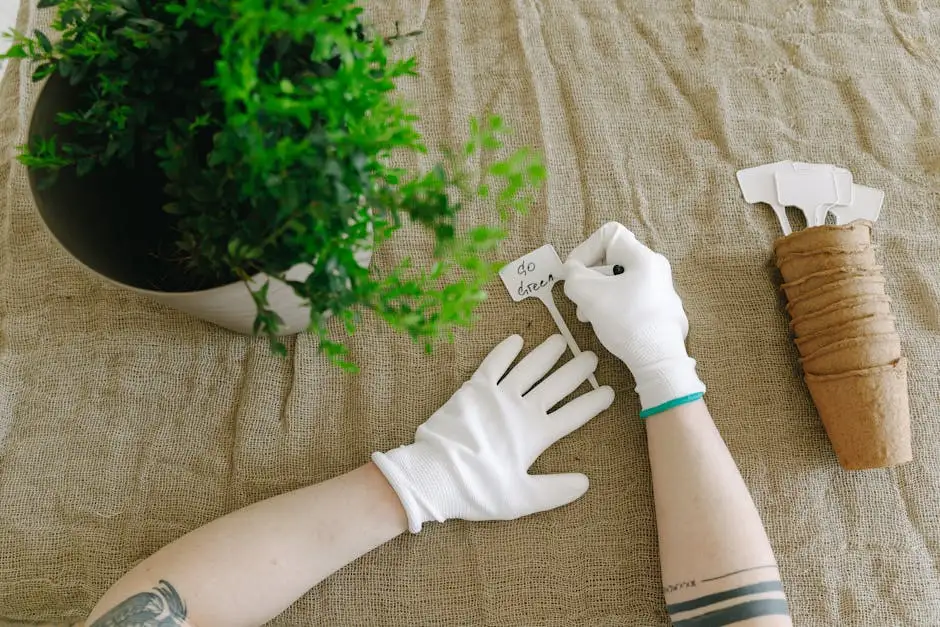
If you often work with wet soil or water your plants regularly, synthetic gloves are a smart choice. Materials like nitrile or rubber keep moisture out, so your hands stay dry.
These gloves are also easy to clean and quick to dry after use. You’ll find they offer good protection against dirt and small punctures too.
Synthetic gloves tend to be flexible, allowing you to handle tools with ease. This way, you won’t feel clumsy while gardening, even in damp conditions.
Prioritize Proper Fit for Comfort and Dexterity
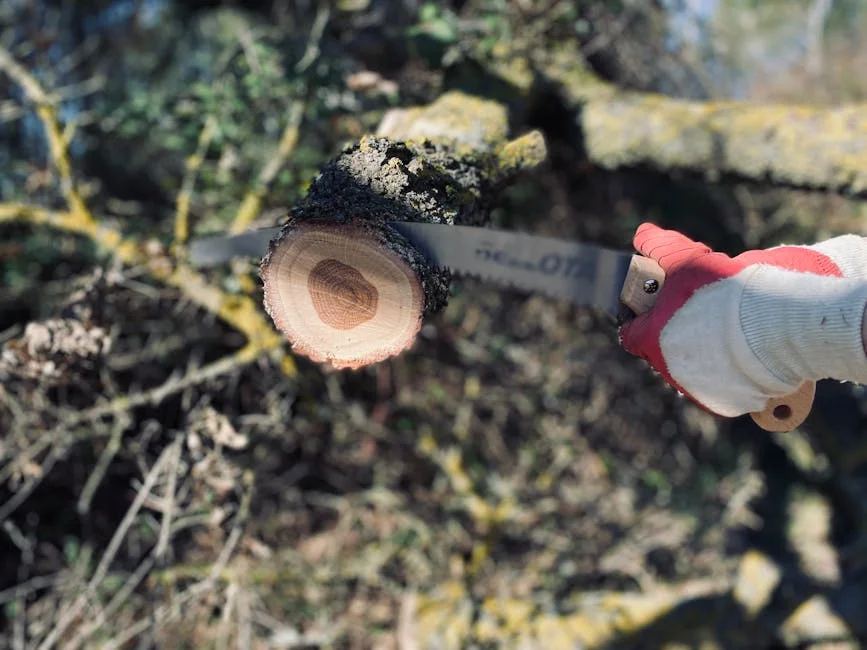
When choosing gardening gloves, fit is key. Gloves that are too tight can restrict your movement and cause discomfort. If they’re too loose, you might lose dexterity or have trouble handling tools.
Measure your hand’s length and circumference to find the right size. Many brands offer size charts to guide you.
A good fit helps protect your hands while making it easier to grip tools and work with precision. Prioritizing comfort means you can garden longer without strain or irritation.
Look for Breathable Fabric to Avoid Sweating
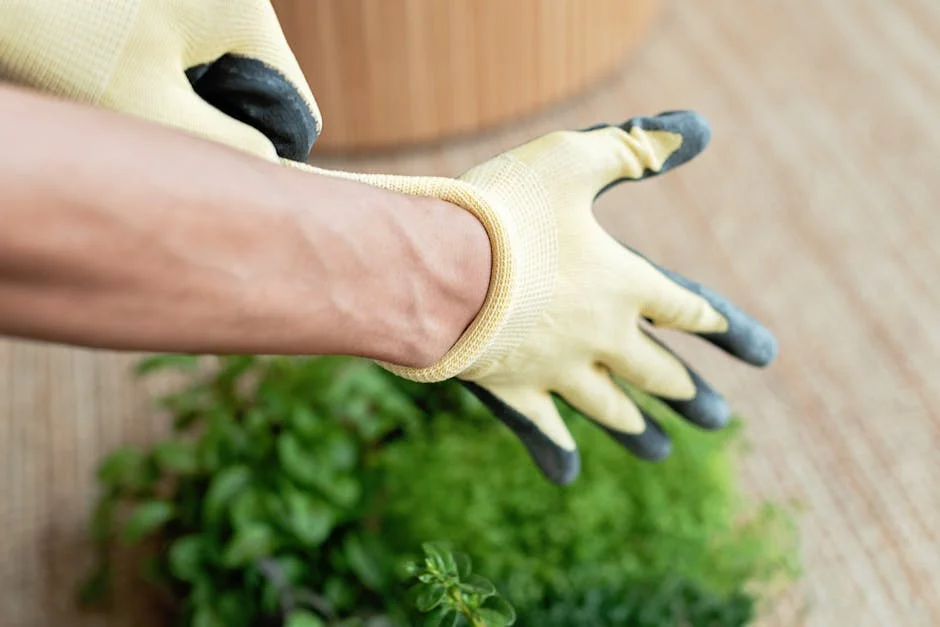
When you start gardening, sweaty hands can be uncomfortable and distracting. Choosing gloves made from breathable materials helps keep your hands cooler.
Cotton and bamboo gloves are good options if you want lightweight and airy protection. They allow air to circulate, reducing heat build-up.
Avoid gloves made from latex or thick synthetic materials if you tend to sweat a lot. Instead, look for gloves with nylon or mesh panels, which improve breathability.
Breathable gloves also help prevent moisture buildup, which can cause skin irritation during long gardening sessions. Keep comfort in mind when picking your gloves.
Check for Puncture-Resistant Features
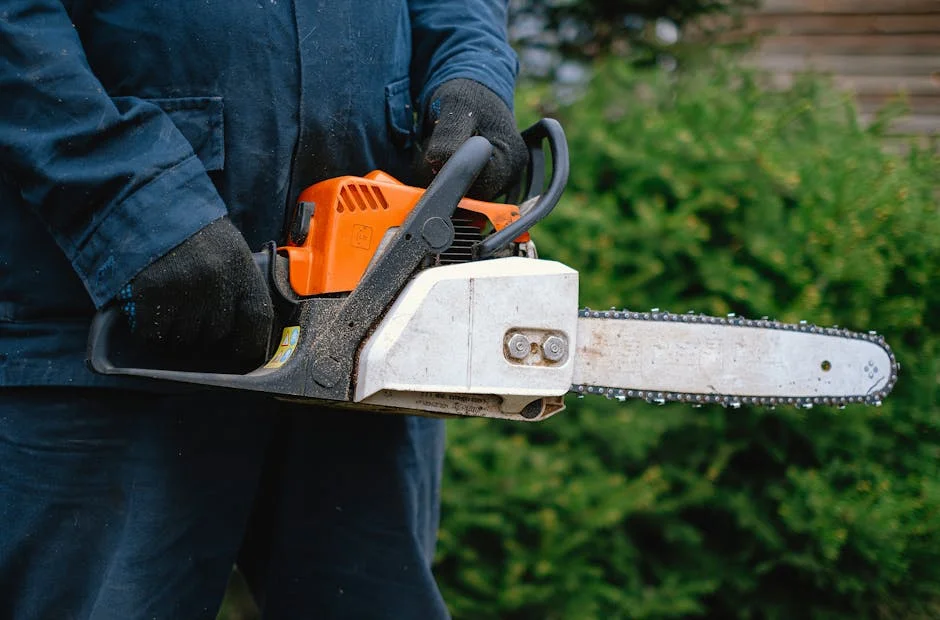
When choosing gardening gloves, look for materials that protect against sharp thorns and tools. Leather is a strong option if you need durable protection for pruning or handling rough plants.
Synthetic materials can also offer puncture resistance while being more flexible and breathable. This combination helps you stay comfortable during lighter tasks without sacrificing safety.
Make sure the gloves fit well to avoid gaps where thorns could sneak in. Proper fit also helps maintain your grip and control while working.
Select Gloves with Reinforced Fingertips
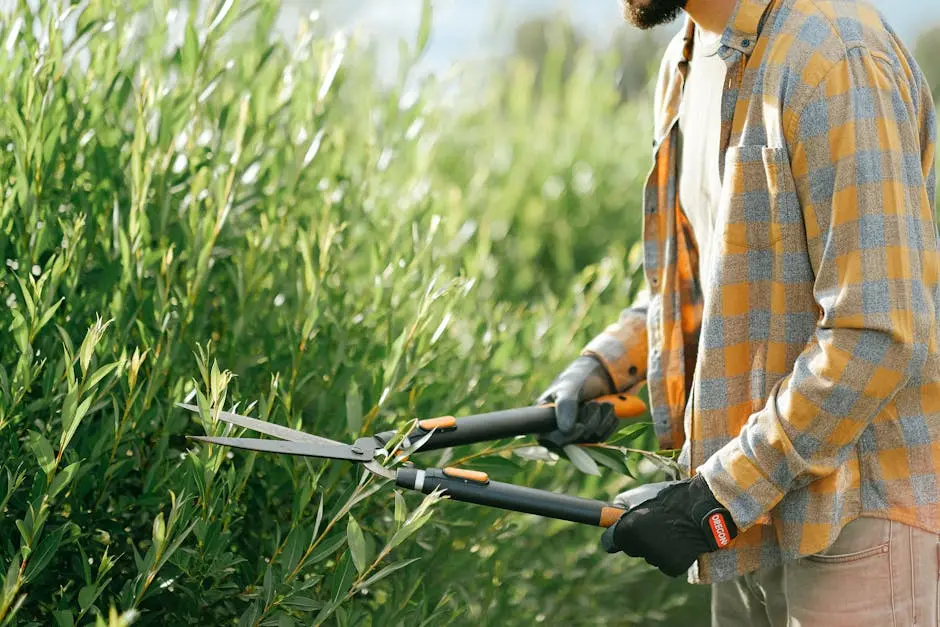
When you’re just starting out, gloves with reinforced fingertips add extra protection where you need it most. These areas often face the most wear and tear during digging or handling thorny plants.
Reinforced fingertips help prevent holes and keep your fingers safe from cuts and scrapes. You’ll also find they improve your grip, which is handy when working with tools or slippery plants.
Choosing gloves with this feature means your hands stay protected longer, so you don’t have to replace your gloves as often. Look for materials like leather or synthetic leather for durable reinforcement.
Try Gloves with Adjustable Wrist Closures
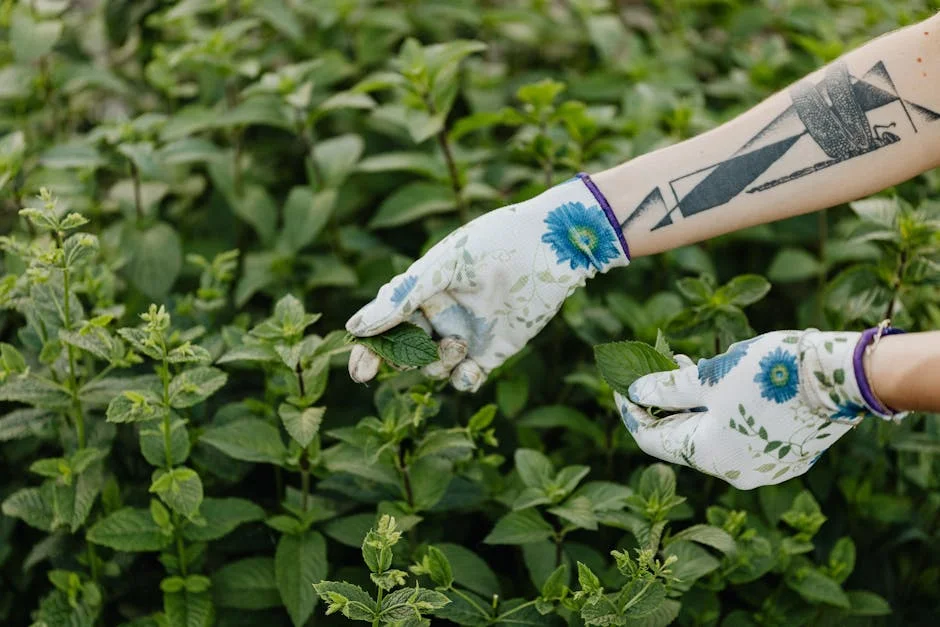
You’ll want gloves that fit securely, and adjustable wrist closures help with that. They let you tighten or loosen the gloves to your comfort, preventing them from slipping off during work.
These closures also keep dirt and debris from sneaking inside. This means less irritation and a cleaner feel while you garden.
Because gardening involves lots of movement, having gloves that stay put makes your tasks easier. Adjustable wrists give you both comfort and better control over your gloves.
Pick Gloves Suitable for Seasonal Use
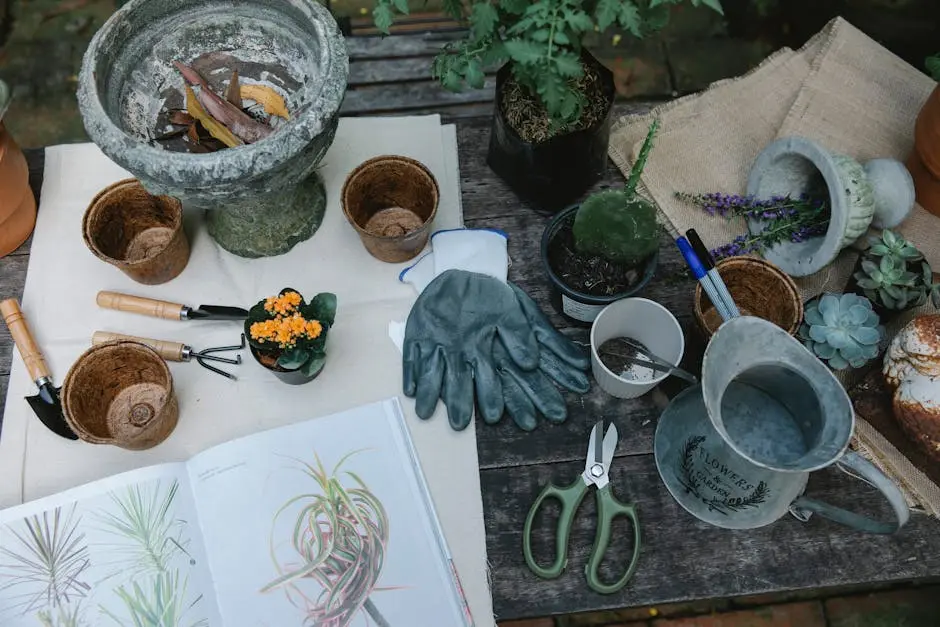
When choosing gardening gloves, think about the season you’ll use them the most. In warmer months, look for lightweight, breathable gloves that keep your hands cool and dry.
For colder seasons, thicker gloves with good insulation protect your hands from the chill. Leather gloves offer durability if you’re doing heavier tasks like pruning in fall or winter.
You might want different pairs for spring planting versus fall cleanup. This helps you stay comfortable and protects your hands properly through the year.

